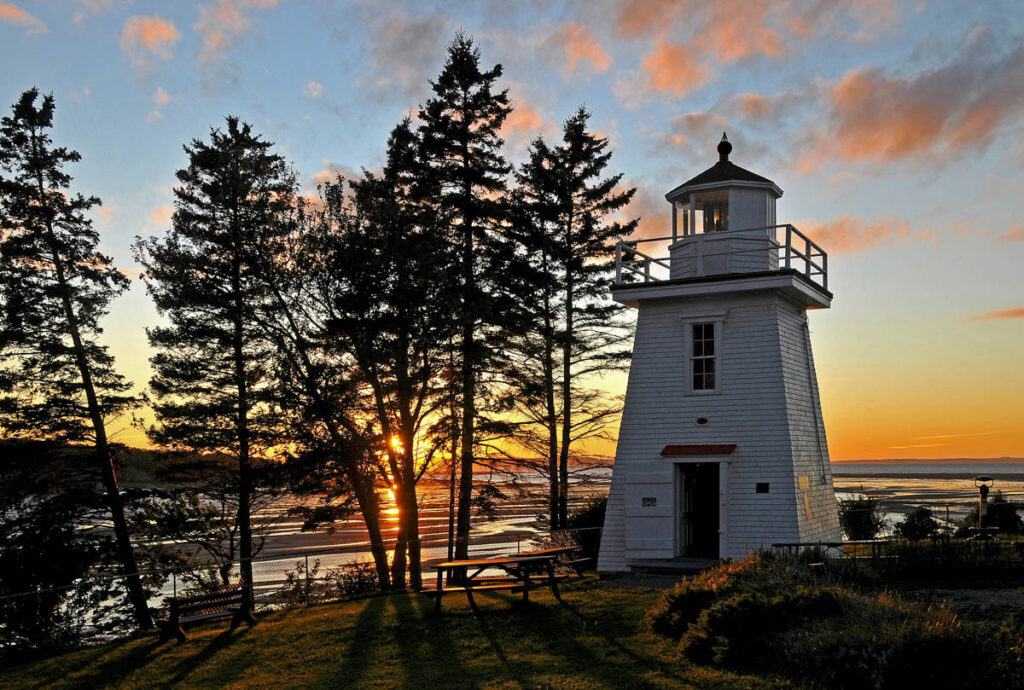The Walton Harbour lighthouse in Nova Scotia stands 6.1m (20ft) tall and 18.3m (60ft) above the water. The lighthouse, built in 1873 and located on a cliff at the mouth of the Walton River, guided ships into the Walton Dock on Pier Road. Two flat-wick kerosene lamps with eighteen-inch reflectors and two other lamps with twelve-inch reflectors were used to focus the light to the west.
The oil for the lamps was stored in three galvanized iron tanks. Abraham Pineo Gesner (May 2, 1797 – April 29, 1864) was a Canadian geologist and physician who invented kerosene. Gesner was born in the town of Cornwallis, Nova Scotia.
With ships loading at the Walton dock, residents petitioned the Nova Scotia government in 1855 for a lighthouse to mark the entrance to Walton Harbour. A House of Assembly committee did not recommend building the lighthouse at the time, but two years later, a lighthouse for the port of Walton was included in a list of lighthouses to be built if sufficient funds were available. After the lighthouse was not built in 1857, Walton residents raised the issue again in 1860. After that, records are silent, and Walton would not get its much-desired lighthouse until after Confederation. (1867)
The Walton lighthouse was finally built in 1873 by Timothy Parker at a cost of $620 and can still be seen along the coast. In the 1950s, Walton Harbour was Nova Scotia’s second busiest port. Its lights guided ships into Walton port for nearly a century, where they loaded cargoes of pulpwood, gypsum, or barite.
The Walton Harbour Lighthouse was decommissioned in 1986. The lighthouse is now a Nova Scotia heritage landmark (1992) as well as a municipal heritage site.
Walton Harbour lighthouse is open to the public from May 1 to October 15, 8:00 a.m. to dusk. You can enter the lighthouse and climb the steep staircase to the lamp room above during these times. A few lookout trails around the lighthouse lead to various cliff top views of the Minas Basin.






